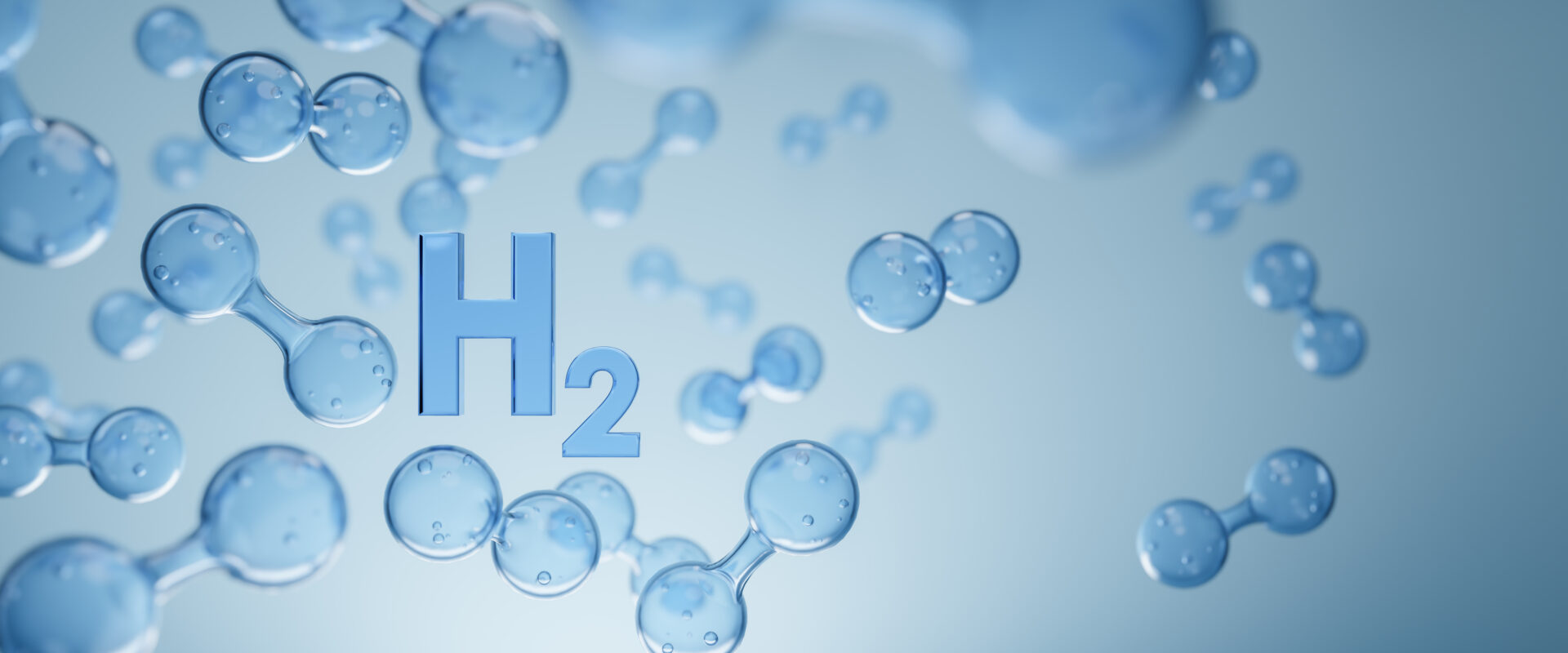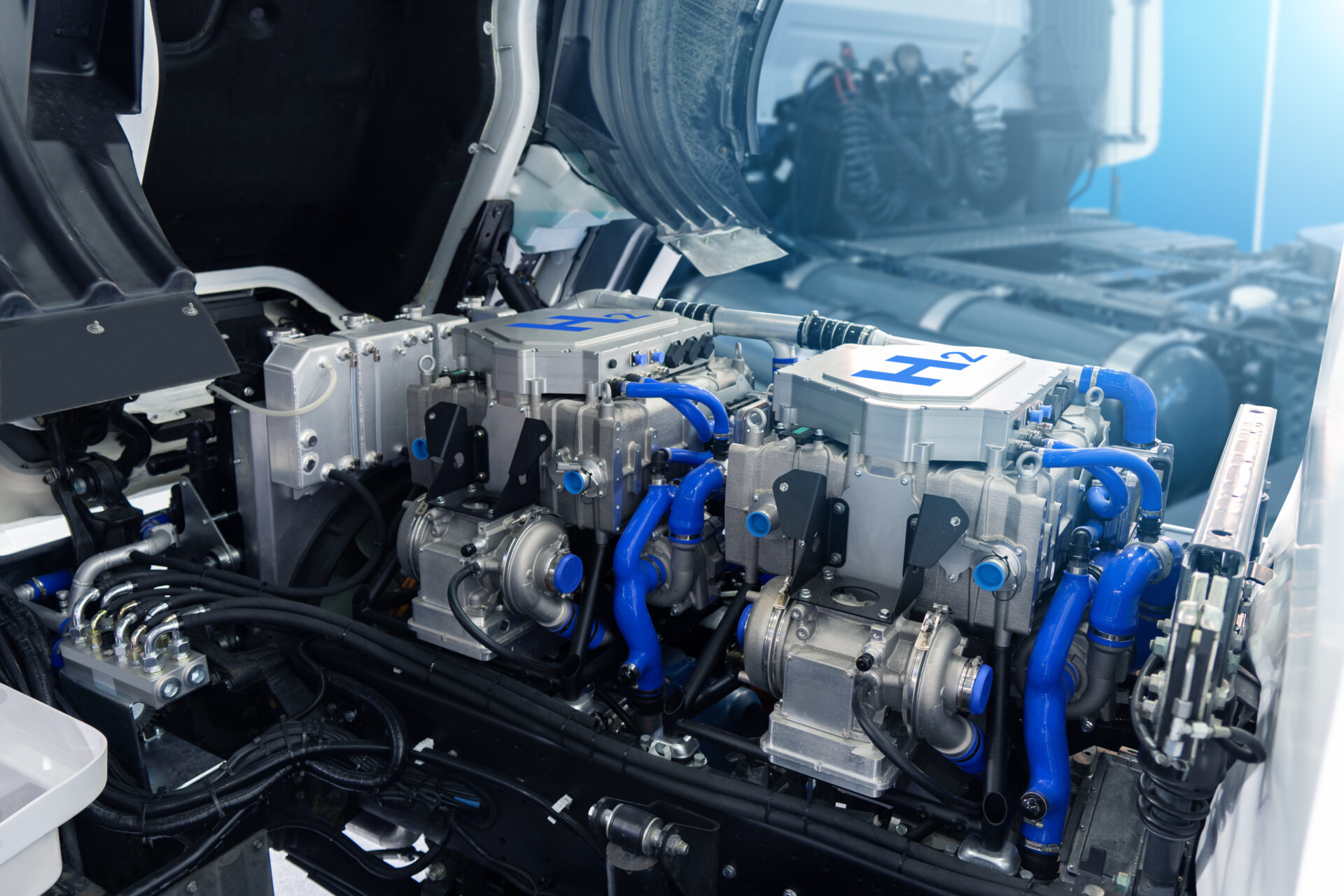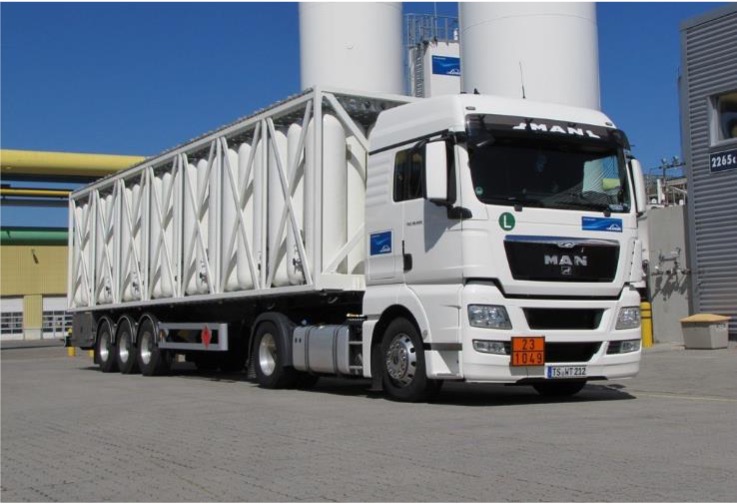Our services for hydrogen
We are your partner for every step in your H² project
Our services
Pre-study: analysis of your existing test cell(s), and risk analysis
Engineering: selection of all components: tanks, piping, valves, pressure regulation, flowmeters, etc.
Safety: selection and implementation of H² detection probes; installation and programming of a local safety PLC
Upgrade of existing equipment for H2 compatibility (ventilation system, electrical cabinets, and other hardware)
Supply of hardware and in-situ installation services
Validation and assistance for accreditation with local authorities
Our proposals focus on finding the most cost-effective solution for our customers
DSi is involved in the conversion of high performances racing engines to Hydrogen
Dsi tools for Hydrogen-Fueled Engine
Real-time oil consumption measurement with C-Lube: H2 combustion happens closer to the cylinder wall compared to diesel, inducing higher temperatures. New oil formulations are under development and DSi will assist you in comparing oil consumption rates
Wear is another issue due to the potential corrosion due to the presence of water in the combustion chambers. The dynamic behavior of exhaust valves is also of interest/concern, it can be measured in real-time with our TLA / RNT technology.
Combustion of hydrogen leads to an increased presence of water in the exhaust and in the oil separator (blowby) systems, leading also to oil dilution. DSi offers equipment for real-time dilution measurement (D-Lube) and smart probes for real-time water detection (sensibility of 50 ppm)
Additional test tools for IC hydrogen engines
Real-time oil consumption measurement with C-Lube: H2 combustion happens closer to the cylinder wall compared to diesel, inducing higher temperatures. New oil formulations are under development and DSi will assist you in comparing oil consumption rates
Wear is another issue due to the potential corrosion due to the presence of water in the combustion chambers. The dynamic behavior of exhaust valves is also of interest/concern, it can be measured in real-time with our TLA / RNT technology
Combustion of hydrogen leads to an increased presence of water in the exhaust and in the oil separator (blowby) systems, leading also to oil dilution. DSi offers equipment for real-time dilution measurement (D-Lube) and smart probes for real-time water detection (sensibility of 50 ppm)
Detergent oil additives are sometimes switched from Ca to Mg to reduce pre-ignition which can lead to other issues including wear and catalyst poisoning
Optimization of oil mist separator design: as blow-by gases will contain H2, DSi can assist you in developing active blow-by systems that can handle high blow-by flow rates. Our equipment B-Lube measures in real-time the flow of oil and water in the PCV system, and the efficiency measurement of blow-by separator)
Main concerns in a H2 conversion project
A pre-study phase is necessary to determine the compatibility of existing equipment and specify the new hardware
SAFETY issues are fundamental, hydrogen is light & risk of explosion exists above 4% hydrogen concentration in air
In many cases, adaptations of existing equipment allow compliance with H² safety requirements
No need to SYSTEMATICALLY purchase ATEX hardware!
Implementation of hydrogen supply
In-house storage capacity with compressor system when high capacity is required (heavy-duty engines…)
H2 supply by trailers is recommended when limited capacity is needed
Our engineering services focus on finding the most cost-effective solution for our customers
H² distribution system in engine test cell
Dedicated hardware with accurate pressure and flow controls
Redundant Safety interlocks, from tank to engine
Piping flushing system with inert gaz
Installation of efficient venting systems with embedded leak detectors
H2 project in Belgium
560 solar panels already installed at our premises
190 MWh production per year (2023)
Conversion of 1 ICE test bench to H²
Electrolyser project under study
Safety above all
Installation of taylor-made venting systems to adapt existing hardware
Adaptation of engine inlet and exhaust lines
Dual function gas detectors installed at critical zones inside the test cells
Independent Safety PLC
Installation of explosion-proof walls







